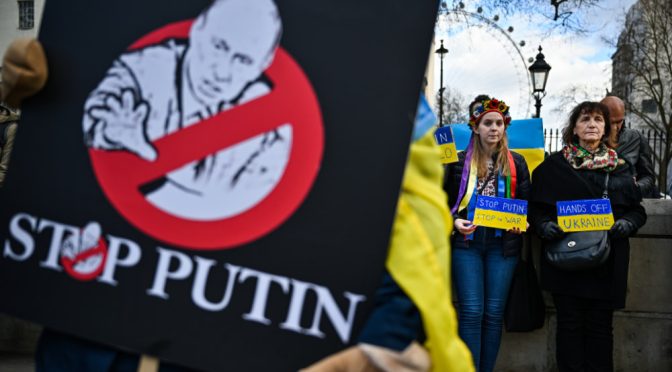Vattenfall’s underlying results for the first half of the year remained unchanged from last year. In Europe there is a lot of focus on securing gas for the upcoming winter. In order to reduce fossil fuel dependency, the pace in the energy transition needs to remain high.
“Turbulence in the electricity market increased in the second quarter. At present, the big question is what the natural gas supply will look like in Europe this winter with rationing becoming an increasingly likely scenario. The uncertainty has sent electricity prices to new record levels even as we are in the middle of the summer when prices are usually lower. In continental Europe, prices have on average been 3 to 4 times higher than the corresponding period in 2021. In Sweden, average prices have nearly tripled compared to last year, but price differentials between the country’s southern and northern regions remain big. In southern Sweden, prices are clearly linked to continental Europe and the price of gas, while prices in the northern areas, on average, have been comparable to 2021.
Stable underlying results dampened by price area differences
Profit for the period fell by SEK 13.3 billion to SEK 10.3 billion, which is mainly attributable to the compensation received in 2021 for the early decommissioning of German nuclear power. Underlying operating profit was largely unchanged at SEK 17.6 billion for the half-year but rose by SEK 2.9 billion to SEK 8.1 billion for the quarter.
Our sales business is performing well. Customers choose Vattenfall because we can manage the market uncertainty and continue to offer contracts for electricity, heating, and gas. Our wind business is also developing well, with new capacity from Kriegers Flak in Denmark contributing positively. Price area differences continued however to have a negative impact on our Nordic power portfolio.
Investing in the energy system of the future
In May, we received the construction permit for the offshore wind farm Kriegers Flak in Sweden. And after quarter-end, we secured a CfD contract for the first phase of the Norfolk Zone wind power project in the UK which, when commissioned, will be the world’s largest wind power zone.
In order to ensure the energy transition in the long run, we will need all types of fossil-free energy sources. Small modular reactors (SMRs) have the potential to eventually add base load power and flexibility to the energy system. That is why we have initiated a feasibility study to evaluate the potential to build SMRs adjacent to Ringhals nuclear power plant.
In Berlin, we have initiated a strategic review of our heat business. The energy transition offers a multitude of opportunities, and we need to prioritise on both project- and portfolio level.
Partnerships for industry transition
A central part of Vattenfall’s strategy is to contribute also to the transition of other sectors. In two projects — with Preem and St1, respectively — we are looking at opportunities to use hydrogen from future wind farms to produce, e.g., fuels for aviation and shipping. In early June, we inaugurated HYBRIT’s pilot plant for storing fossil-free hydrogen together with our partners LKAB and SSAB. Efficient and dynamic storage is an important piece of the puzzle if hydrogen is to play an important role in reducing industry emissions.
Following a turbulent first six months, it is likely that we are facing a tough winter here in Europe. At Vattenfall, we will use our experience and expertise to contribute to stabilising the situation for our customers and continue the energy transition.”
Anna Borg
CEO


